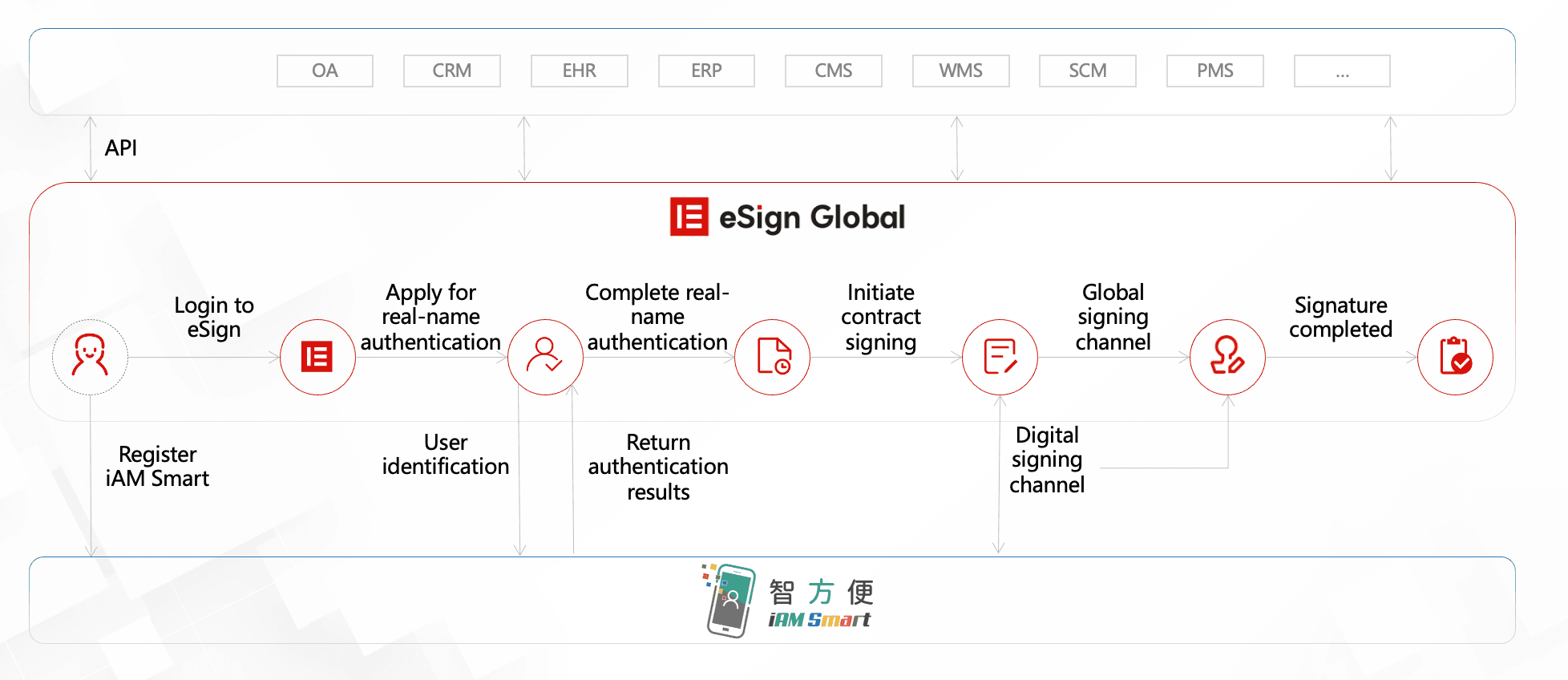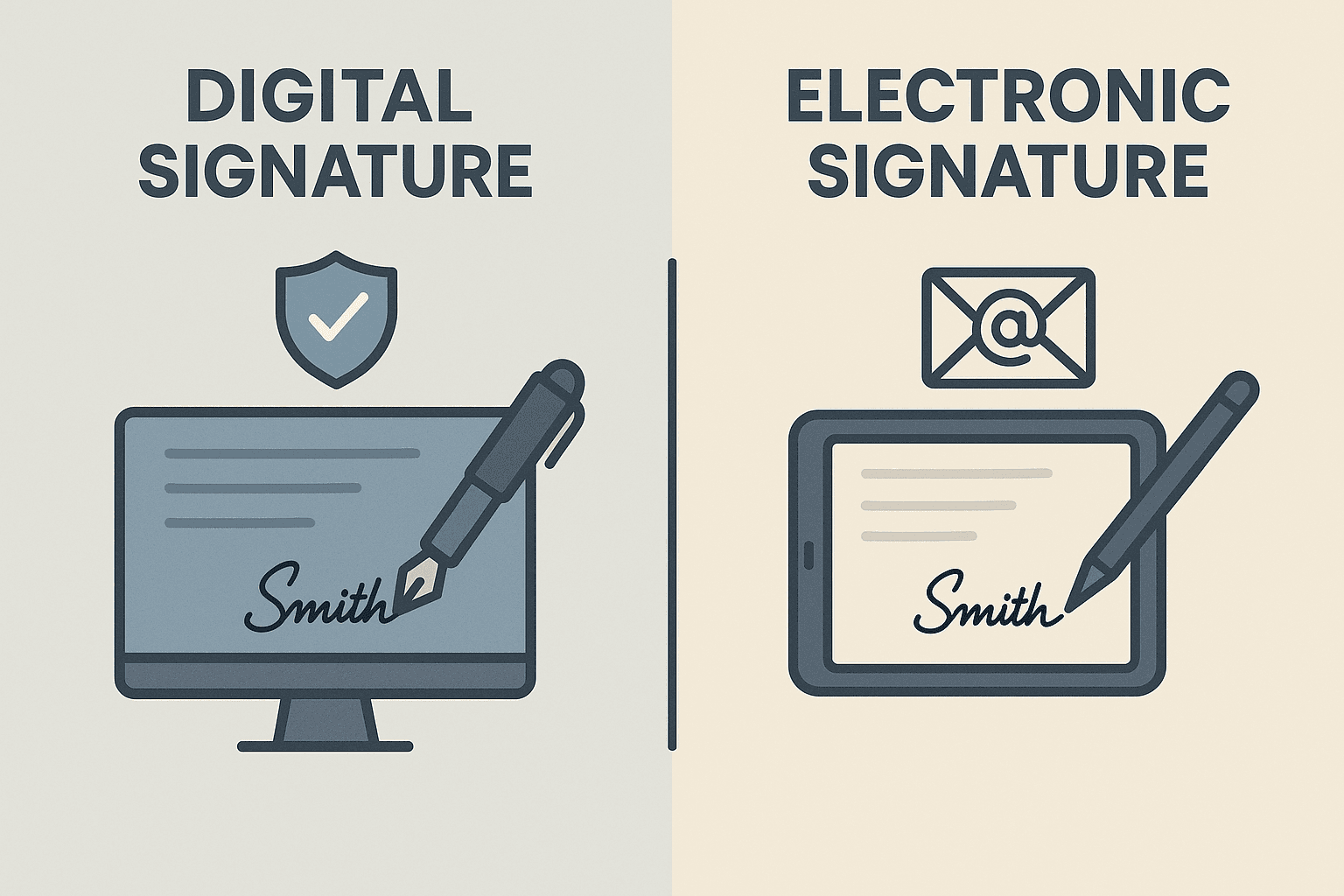WhatsApp or email with our sales team or get in touch with a business development professional in your region.
how to make digital signature from paper





How to Make a Digital Signature from Paper: A Step-by-Step Guide with Local Compliance Focus
In the age of remote work, online contracts, and paperless offices, knowing how to make a digital signature from paper is not merely a convenience—it’s a necessity. Whether you’re signing business documents, forms, or legal contracts online, converting your handwritten signature into a legally recognized digital format streamlines operations while ensuring compliance with local laws. This guide will walk you through the step-by-step process, emphasizing terminology and legal standards applicable in regions such as Hong Kong and Southeast Asia.
What Is a Digital Signature?
A digital signature is a cryptographically secure form of an electronic signature that ensures the authenticity, integrity, and non-repudiation of digital documents and messages. Unlike a scanned image pasted onto a document, a true digital signature uses standardized protocols such as Public Key Infrastructure (PKI) that are recognized by law.
In jurisdictions like Hong Kong, the Electronic Transactions Ordinance (Cap. 553) provides the legal foundation for the use of electronic records and digital signatures. Similarly, Southeast Asian countries such as Singapore follow the Electronic Transactions Act, which aligns with the UNCITRAL Model Law on Electronic Commerce.
⚖️ Ensure that your digital signature adheres to your jurisdiction’s requirements. In many Southeast Asian countries, only signatures using accredited Certified Authorities (CAs) are legally recognized.
Step 1: Write Your Signature on Paper
Start with the basics—use a pen and clean sheet of white paper to sign your name as you normally would. This maintains a sense of personal identity and consistency in signing style, both of which are useful for matching signatures in legal or official contexts.
Tip: Use a dark ink pen (preferably black or blue) to ensure clarity when scanning.
Step 2: Scan or Photograph the Signature
Once you have written your signature:
- Use a flatbed scanner or a smartphone camera.
- Make sure the lighting is bright and avoid shadows.
- Save the file in a common format such as JPG, PNG, or PDF.
This image will serve as your base to convert into a digital form.

Step 3: Remove the Background (Optional)
If you’re using the signature as a transparent overlay on documents, remove the white background using tools like:
- Adobe Photoshop or Illustrator
- Online tools like remove.bg
- Mobile apps like CamScanner or Adobe Scan
Make sure the final version supports transparent backgrounds (e.g., use PNG format).
Step 4: Convert the Image into a Secure Digital Signature
Now we move from an image-based representation to a secure, cryptographically enforceable digital signature. This is essential for legal compliance in jurisdictions like Hong Kong, Singapore, Malaysia, and the Philippines.
Tools to Use:
- Digital signature platforms (e.g., DocuSign, Adobe Sign, eSignGlobal)
- PDF applications with signing support (e.g., Adobe Acrobat or Foxit PDF)
- eIDAS-compliant services if operating within or with European businesses
Upload your scanned signature to your chosen platform. The platform will embed digital certificates and time stamps to authenticate your signature.

Step 5: Apply the Digital Signature to Documents
Now that your digital signature is generated and saved in a secure format:
- Open the document in a compatible PDF editor or signature platform.
- Drag-and-drop or insert your verified digital signature into the appropriate section.
- Use digital locking and encryption features if available to protect the document from further editing.
Be sure to double-check whether the signature meets Qualified Electronic Signature status (QES) in legally sensitive situations, especially within regulated industries.
Why Not Just Use Electronic Signatures?
Although both terms are used interchangeably, there’s a significant difference between electronic and digital signatures.
- Electronic Signature: Any mark or symbol used to sign a document electronically. These may or may not be legally enforceable, depending on jurisdiction.
- Digital Signature: A type of electronic signature that uses encryption and is usually legally binding under local law.

This distinction is crucial. In some regions, using only an electronic signature without encryption may not be considered valid in a court of law.
Best Practices for Regional Legal Compliance
Hong Kong:
Under the Electronic Transactions Ordinance (ETO), digital signatures are legally valid when backed by a recognized certificate authority.
Singapore:
The Electronic Transactions Act enforced by IMDA mandates that secure digital signatures fulfill specific criteria to be considered legally binding.
Malaysia:
The Digital Signature Act 1997 requires signatures to be certified by licensed CAs regulated by the Malaysian Communications and Multimedia Commission (MCMC).
Always verify if your chosen platform complies with such acts when conducting cross-border or high-value transactions.
Recommended Tools for Southeast Asia and Hong Kong Users
For users in Hong Kong and Southeast Asia looking for an affordable and legally compliant alternative to more expensive international players, we recommend exploring eSignGlobal.
eSignGlobal is uniquely positioned to address regional regulatory nuances and offers localized features such as language support, trusted certificates integrated with local CAs, and secure data hosting within APAC jurisdictions.
🌏 If you’re looking for a DocuSign alternative built for Hong Kong and Southeast Asia with full compliance in mind, eSignGlobal is your go-to choice.

Final Thoughts
Creating a digital signature from a handwritten one on paper isn’t just about convenience—it’s a smart move towards operational efficiency and legal safety. From signing HR paperwork to multi-million-dollar contracts, the ability to digitize your signature while ensuring local law compliance can make or break your workflow.
Always choose platforms and processes that uphold the digital integrity of your documents, and remember that in legally sensitive environments, a mere image of a signature may not hold water. Using certified tools like eSignGlobal ensures you’re not just saving time—but also conducting business securely and legally.
✅ Start digitizing the right way today—with compliance, authenticity, and convenience.

Shunfang
Head of Product Management at eSignGlobal, a seasoned leader with extensive international experience in the e-signature industry.
Follow me on LinkedIn
Get legally-binding eSignatures now!
30 days free fully feature trial
Business Email
Get Started
 Only business email allowed
Only business email allowed
Latest Articles
What documents still require a physical Hanko in Japan?
Does using electronic signatures save revenue stamp tax (Shunyuzei) in Japan?
Is it legal to use cloud-based signatures instead of Hanko in Japan?
How to collect legally binding signatures from employees in China?
What are the requirements for an electronic invoice (e-Fapiao) signature?
How to automate sales contracts for a manufacturing business in China?
Can I use WeChat to legally sign a loan agreement?
How to verify if a Chinese electronic contract has been tampered with?


